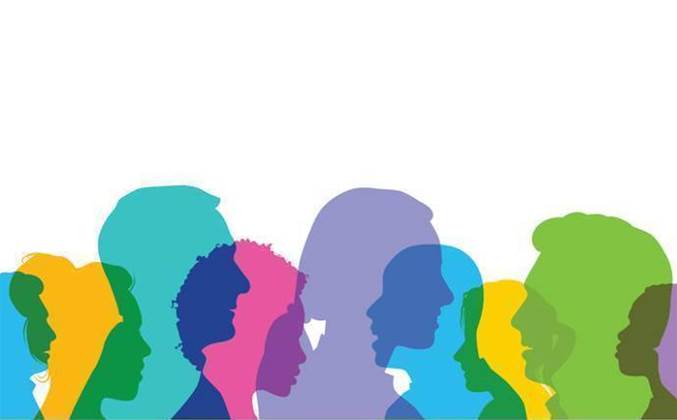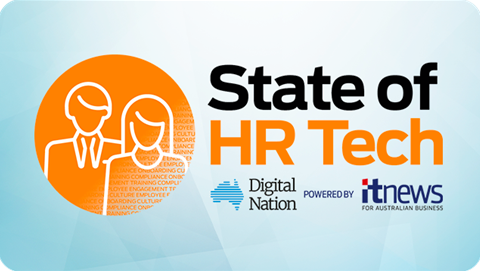Redundancies can potentially lead to the unintended outcome of low performance, underrepresented groups including women and people with disabilities according to Gartner senior principal, Jasleen Kaur.

According to Gartner research, diverse and inclusive teams perform 1.4 times better than those who are not.
Sharing insights with Digital Nation Kaur said, “It’s never an easy process determining which roles will be impacted by a restructure.”
“When redundancies are being carried out, there are usually three standard approaches leaders take to rationalise their choices and to take the sting out of being ‘chosen’.”
Kaur said the first is performance, “which aims to identify those in the organisation whose contributions are the least valued, and whose loss will therefore be seen as less regrettable.
“The second is the classic ‘last in, first out’ approach, while the third is to cut from the bottom – targeting entry-level and frontline roles.”
Kaur said the issue with any of these approaches is that underrepresented groups tend to be disproportionately impacted as it can result in indiscriminately targeting job types or tenure lengths, or more seriously.
“Organisations can find that they have unintentionally taken a backward step in achieving their diversity equity and inclusion (DEI) targets, which will ultimately affect the bottom line.
DEI in workforce planning
“When DEI is factored into workforce planning it allows an organisation to be more strategic. This can be achieved by having a deep understanding of the skills the business needs today, and in the future, to succeed,” Kaur said.
According to Kaur executive leaders should examine which skills are emerging, or evolving and whether there are jobs that will eventually no longer be needed.
“When organisations are armed with these insights, they will be better equipped to diversify their sources of talent as needed.
“In addition, DEI becomes the solution through proactive learning and development, people management and a more considered approach to talent acquisition,” Kaur said.
Kaur explained inclusion should be integrated into the day-to-day activities of every workplace. This can be through formal training on diversity and inclusive behaviour, direct communications to employees and by highlighting company values during meetings and presentations.
“However, organisations see the best results when there is a sense of shared purpose among employees to include everyone.
“This is when groups actively make space for all members to share their insights, experiences and ideas, and where progress and achievements receive equal recognition.
“When this is in place, leaders can address challenges quickly and encourage productivity and innovation because there is a strong sense of psychological safety among the team,” Kaur said.
Kaur added diverse and inclusive teams can offer “different perspectives, backgrounds and experiences are key to driving ‘outside of the box’ thinking.”
“Key performance metrics including productivity and retention also benefit from diverse teams. Gartner research shows that organisations with sustainable DEI initiatives demonstrate a 20 per cent increase in inclusion.
“This corresponds to greater on-the-job effort and intent to stay in their jobs, as well as higher employee performance,” Kaur said.
Kaur added some examples of inclusion involve inviting diverse input into decision-making, recognising good work and sharing the credit.
“It's important managers or leaders trust their team, resolve conflict productively, avoid making assumptions and approach colleagues with positive intent.
“These are the most basic behaviours that would be expected on a day-to-day basis,” Kaur said.






 iTnews Executive Retreat - Security Leaders Edition
iTnews Executive Retreat - Security Leaders Edition












_(1).jpg&h=140&w=231&c=1&s=0)



